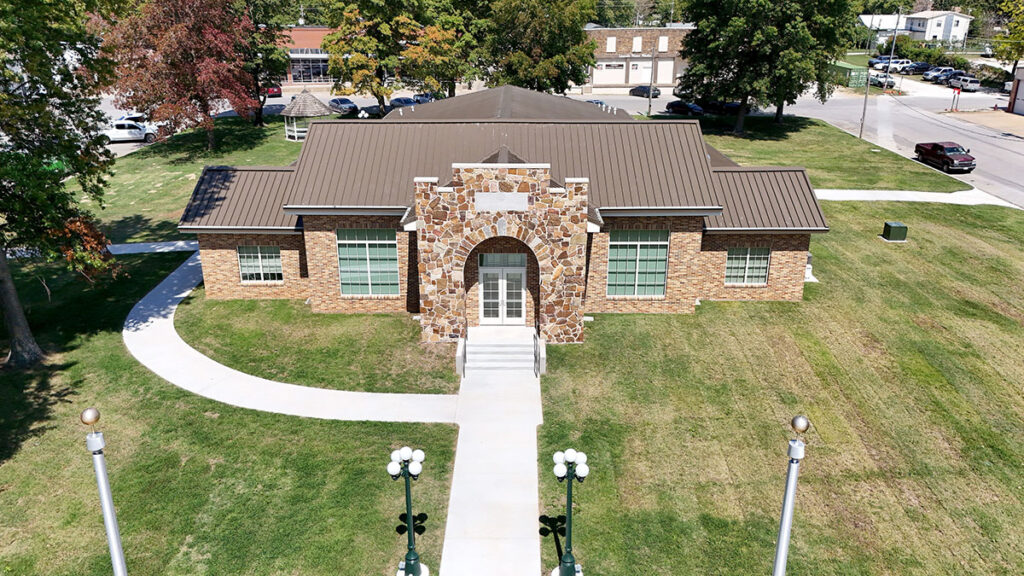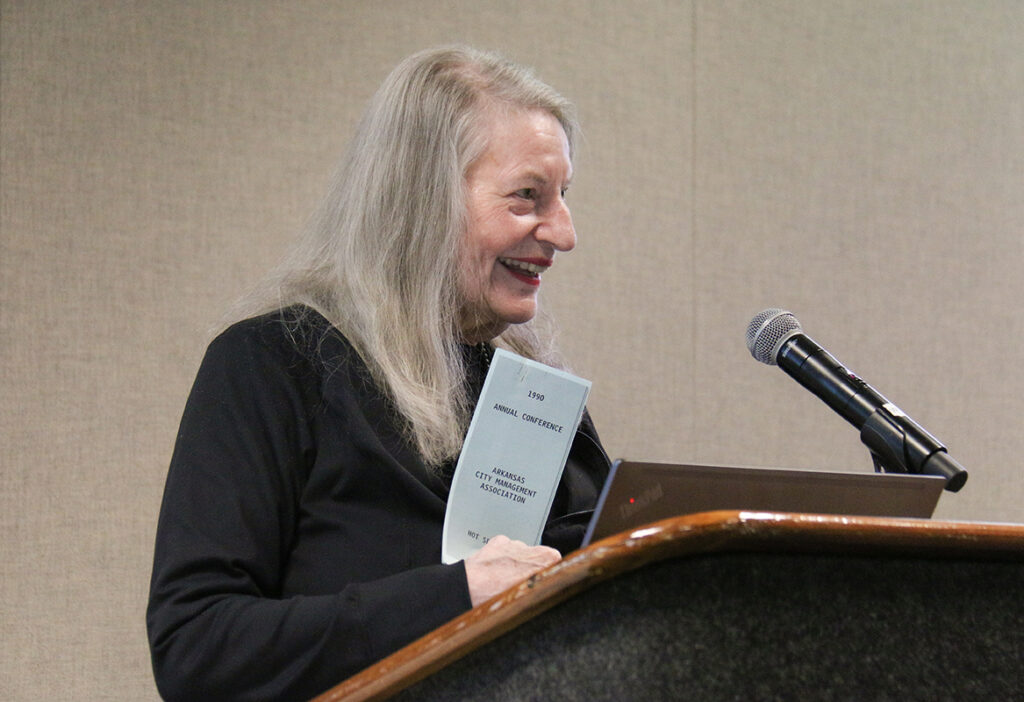Breast cancer is a disease that touches the lives of millions of Americans, whether you’re diagnosed with it, or you know someone who has been. According to the American Cancer Society, a woman with an average risk of breast cancer has a 1 in 8 chance of developing it at some point in her lifetime.
About 300,000 women are diagnosed with breast cancer each year in the United States, and more than 40,000 die from the disease. For Arkansas women, it’s the most common form of cancer and the second-leading cause of cancer fatalities, accounting for about 2,500 cases and 400 deaths per year.
While advancements in breast cancer treatment have helped us improve survival rates, early detection remains a critical factor.
New recommendations
The United States Preventative Services Task Force released its new recommendations in April, advising women to undergo mammograms every other year between the ages of 40 and 74. This is a revision of the panel’s 2016 guidance that women begin having biennial mammograms at age 50, with those in their 40s encouraged to make screening decisions based on individual risk and personal preference.
Its decision to now support screening for all women in their 40s stemmed from a sharp increase in the prevalence of invasive breast cancer in that age group. Although incidence among those women began to rise in 2000, the task force noted that the trend accelerated from 2015-2019, with case rates climbing by an average of 2% each year.
These revised recommendations from the task force remain at odds with the recommendations of The American College of Radiology, The Society of Breast Imaging, surgical societies and the National Comprehensive Cancer Network. These groups recommend that women at average risk for breast cancer start annual screening at age 40. The breast radiologists and breast surgeons at the University of Arkansas for Medical Sciences (UAMS) endorse screening every year—and not every other year—to achieve the best breast cancer outcomes.
Women at greater than average risk for breast cancer are advised to consult with their providers about individualized screening plans. Most women who are considered at high risk for developing breast cancer (those with a greater than 20% lifetime risk by a risk assessment model, genetic mutation or who had radiation to the chest between 10-30 years of age) should begin screening by age 30. They should have a screening mammogram and a breast MRI every year, with the two procedures optimally staggered six months apart.
Women with increased breast density, but who are not considered high risk, should have a discussion with their providers about whether the addition of breast ultrasound to their mammogram every year might be right for them. A new U.S. Food and Drug Administration regulation that takes effect in September will require all facilities to notify patients if they have dense breast tissue, as it is considered a risk factor for breast cancer.
Risk assessment
By age 30, women should have a mathematical assessment of their risk for breast cancer. African American women and women of Ashkenazi Jewish descent have an elevated risk of developing breast cancer at an early age and should undergo this assessment by age 25.
Breast cancer is most common in middle-age or older women, but it can develop at any age. Early-onset breast cancer, occurring in women ages 18-45, accounts for 10% of breast cancer diagnoses in the U.S. As we improve our strategies for early detection, we need to acknowledge these young women and give them a better understanding of their risk level and screening options.
Be proactive
Early detection is very important. Most insurers provide coverage for yearly screening mammograms.
Be familiar with the look and feel of your breasts, and don’t hesitate to consult with your doctor if you detect any lumps, localized pain, bloody or clear nipple discharge, or breast skin changes.
Gwendolyn Bryant-Smith, M.D., is an associate professor of radiology in the UAMS College of Medicine and the director of the UAMS Winthrop P. Rockefeller Cancer Institute Breast Center.










